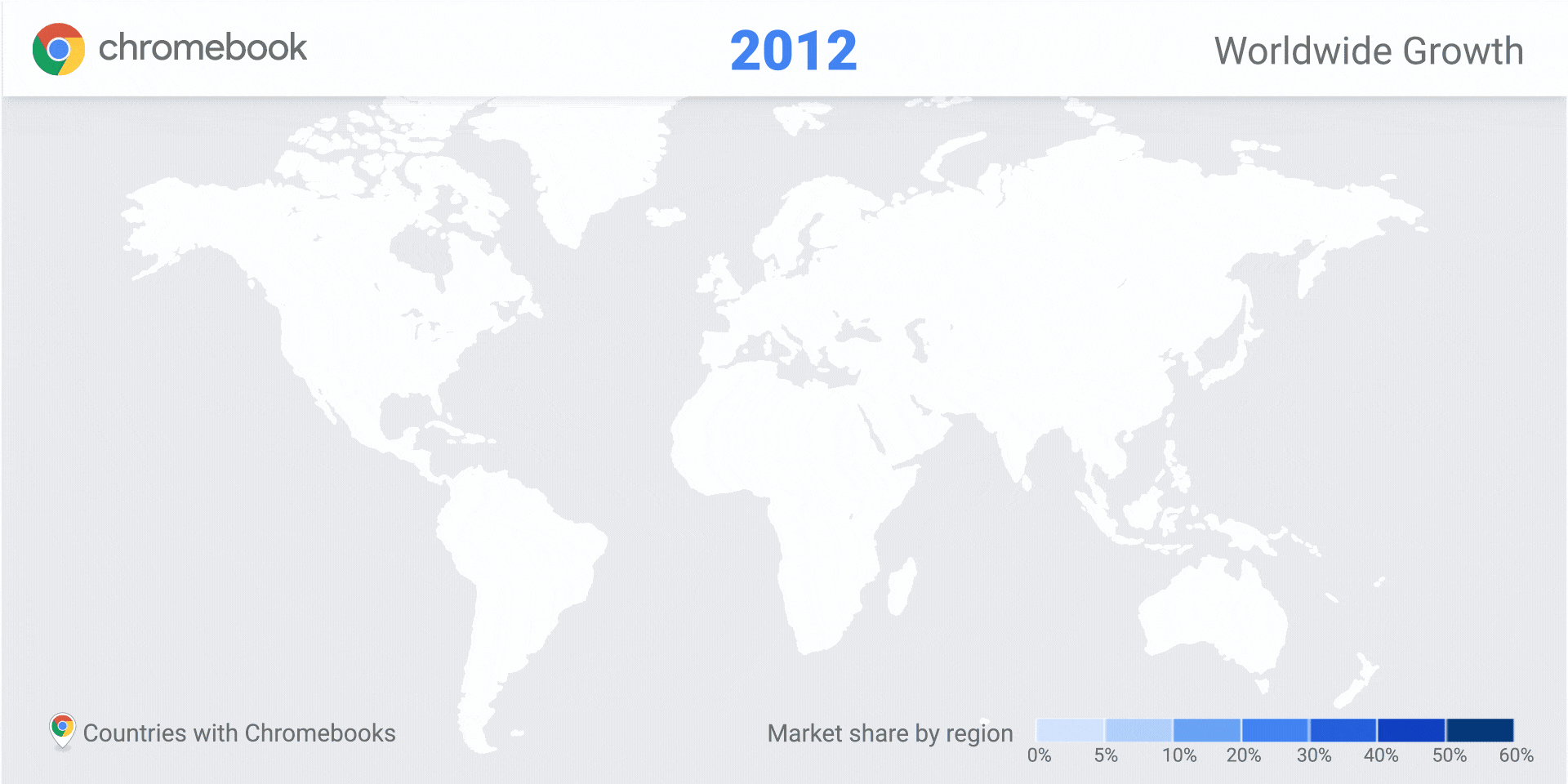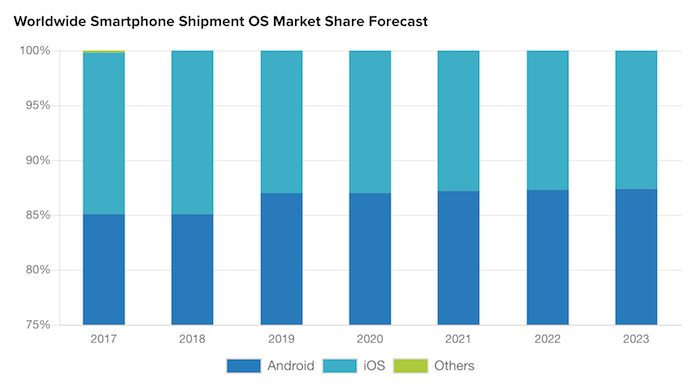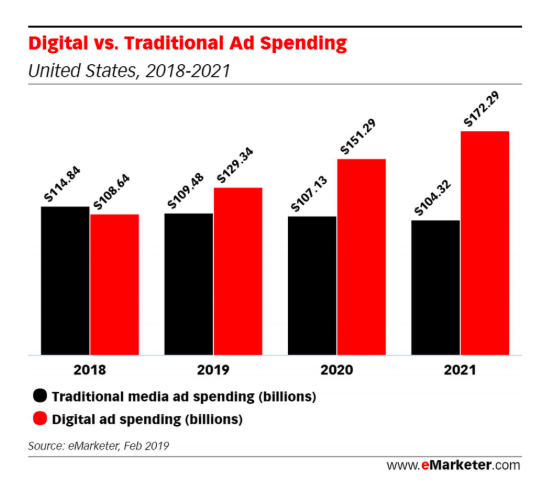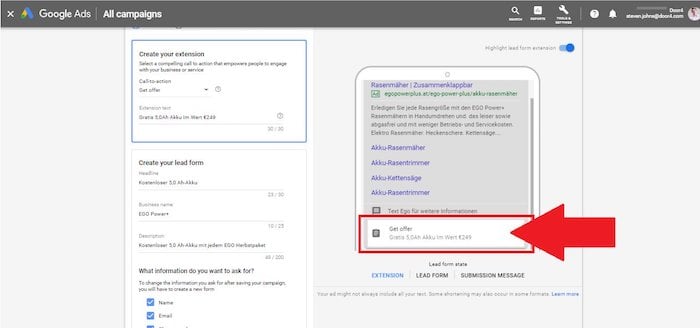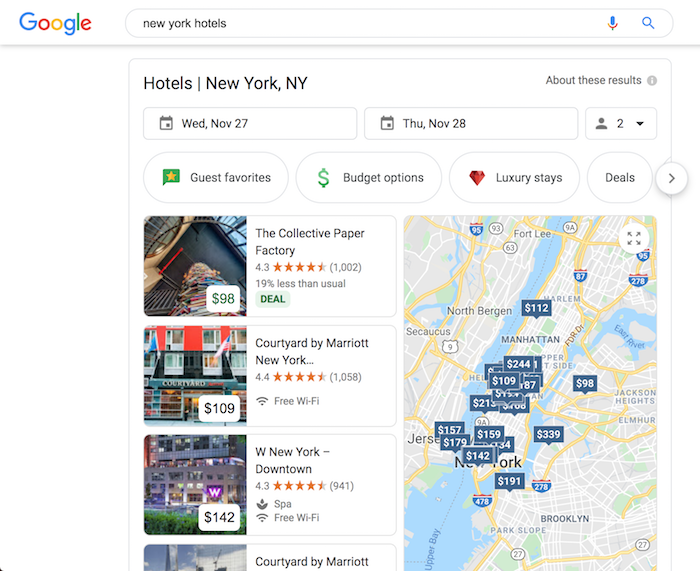What would William Shakespeare, the Immortal Bard, say about modern-day marketing and content creation? Short of discovering how to time travel, we’ll never know. However, his works might give us some idea or at least a little inspiration.

- “All the world’s a stage, and all the men and women merely players. They have their exits and their entrances; And one man in his time plays many parts.”
As You Like It, Act 2, Scene 7
Marketers each have their own roles and responsibilities, but they have to be prepared to wear many hats. A content manager might act as a writer, editor, publisher, and project manager. But who then edits the editor? How about another marketer? Is anyone available? Who else has an eye for copy? The designer? Marketing manager? Be sure to check around. Your marketing team is going to have talents you never knew.
- “Some are born great, some achieve greatness, and some have greatness thrust upon them.”
Twelfth Night, Act 2, Scene 5
Many people are born with talent, but use is talent if you never hone it? If you never practice or get try to get better? You might have someone on the team with a keen eye for design. They just seem to know almost intuitively what works on an email or landing page. But are they keeping up with industry trends? With the competition? Are they challenging themselves with new designs and trying to see how those designs work with copy? Content marketing is not the work one of person after all; it is the work of many: the writer, editor, designer, and anyone who has a stake in the project. Does your designer know how to work with a team? Keeping your skills sharp and knowing when to put your ego aside and being a good teammate is you can achieve greatness in content creation.
- “We are such stuff as dreams are made on, and our little life is rounded with a sleep.”
The Tempest, Act 4, Scene 1
We are all mortal, and we are all people, so marketers can relate to their target audiences. Your customers have wants, needs, and preferences. Your marketing is offering them information and a solution (sometimes to problems they might not even know they have yet). In short, you, the marketer, are trying to make their lives and jobs easier. We all have dreams we want to achieve, and the marketing automation solution you offer, the digital analytics platform, or just the insights you can provide into their industry or the B2B or B2C world can help come just that little bit closer to helping them achieve their goals and ambitions.
- “Brevity is the soul of wit.”
Hamlet, Act 2 Scene 2
How much is too much? In the era of digital marketing, you might only have so much space to make your point. Emails don’t tend to be more than a couple of paragraphs, if that. A social post will probably only be a line or two. A blog can be longer, but you don’t need to write a novel. Even with any guides, pdfs, or how-to’s you create, you don’t want to overstay our welcome. You want to make your point as succinctly as possible, as to not waste your audience’s time. Get to the point. Make your marketing only as long or short as it needs to be, especially when you are considering mobile. And also consider that you don’t need to send email after email, and post on social all the time. Find the right amount of emails to send and social posts to do and blogs to publish per week that works for you. Just don’t go overboard.
- “There are more things in heaven or earth, Horatio, than are dreamt of in your philosophy.”
Hamlet, Act 1, Scene 5
No marketer knows everything. No person does. Thankfully, though, you have data that you can work with that at least gives you some of the answers or indicators of what they might be. What do your audiences want? What are their interests and preferences? The answers might be things you never thought of, but the data will tell the tale.
- “The fault, dear Brutus, lies not within the stars, but in ourselves, that we are mere underlings.”
Julius Caesar, Act 3, Scene 2
It is important that marketers have a plan in place. What should a marketing plan consist of? It should at least have messaging, an understanding of your audience and product, a content strategy and calendar, and clearly defined roles and responsibilities for everyone on your team. If you don’t have viable plan in place, you can’t blame anyone but yourself when thing don’t go your way. You can’t rely on luck or random chance. You have to rely on yourself and your team to achieve success.
- “Nothing will come of nothing.”
King Lear, Act 1, Scene 1
Of course, you actually have to sit down and do the work. Look at the data and analyze. Formulate a plan and get started. Create the email, guide, or case study. Shoot the video. Send it out at the optimized send time. Promote your asset on social. Take in feedback, and have it inform the next project. Things don’t always just happen; you have to make them happen.
Your marketing doesn’t have to be Shakespearean, but it should strike a chord with your audience. The best way to do so is to work off the data you have to see what resonates with whom you’re targeting. A customer data platform is a good place to start with that. See how you can “Do More with Customer Data Platforms.”
from Oracle Blogs | Oracle Marketing Cloud https://ift.tt/35Ihqr7
via IFTTT


